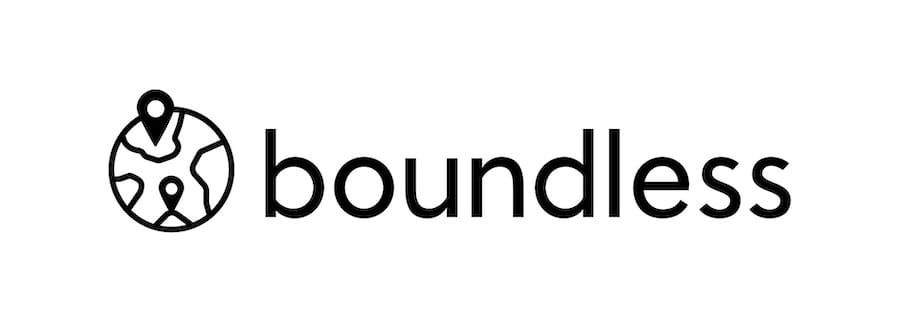

New research from Boundless, a leading global Employer of Record (EOR) platform that helps companies with their distributed workforce, reveals that the UK and Ireland rank among the top 10 European countries when it comes to the lowest employment costs and they also offer some of the highest take-home pay for workers (based on an annual salary of €60,000).
This expansive 32-country European study assessed the financial realities on both sides of the hiring equation, spotlighting major variations across nations in terms of employers costs and take-home pay for staff. The analysis found the UK and Ireland as an extremely attractive combination with relatively low overheads in hiring for employers, and competitive net income for workers.
“Our Decoding Employment Costs in Europe comes at a crucial time as companies across Europe grapple with managing distributed workforces and deciding where and how to employ talent,” says Dee Coakley, CEO at Boundless, an Employer of Record employing people on behalf of customers in 25 countries.
“The study shines a light on the complex interplay between employment costs and take-home pay. It’s a starting point for recruiters, CFOs, and other key decision makers looking to develop more informed talent investment strategies on how and where to hire talent across the continent.”
To illustrate the differences clearly, Boundless used the instructive €60,000 benchmark salary across all of the countries examined. Through the analysis of data across a variety of job functions and geographies, this salary point provided a well-balanced yardstick for comparison.
Key insights from the report:
-
Ireland (€66,630 fully loaded employment cost on a €60,000 gross salary) ranks 6th and the UK (€67,099 or £57,483) ranks 7th in costs, putting both in the top 10 lowest employment costs. Ireland ranks 9th for take home pay (€43,203 net pay), while the UK ranks 5th (€46,236 or £39,610).
-
The most affordable nation in terms of employment costs is Lithuania (€61,074 total cost for €60,000 salary), while the most expensive is Austria (€88,618).
-
Major Western European economies like Germany (€74,724), the Netherlands (€83,140), and France (€86,707) all report relatively high employment costs for businesses at this salary point.
-
Employees in Bulgaria on €60,000 take home the most net pay at €51,239. Employees in Iceland take home the least at €30,525.
-
Portugal, a hugely popular remote work destination, ranks low in terms of employee take-home pay. Workers earning €60,000 gross only bring home €33,800 after taxes and deduction.
-
The Nordic countries show major variance in net pay for €60,000 gross income. While Iceland deducts nearly 50% leaving employees with just €30,525, Norway (€42,068) deducts a more moderate 30%.
Discussing the key findings of the study, Dee Coakley said, ”The report shows the two-English speaking countries make a lot of financial sense for companies building distributed teams in Europe. The lower employment costs free up a lot of room in the budget. Businesses can use those savings strategically – whether it’s attracting talent or investing in growth.”
“From an employee perspective, there’s also a financial draw,” Dee continues. “The higher take-home pay compared to other European countries could make a real difference in buying power and lifestyle. Now, it’s true – living expenses are higher in the UK and Ireland than some other parts of Europe. But even when you take that into account, the numbers still show some appealing financial perks for workers as well as businesses when compared to countries such as Portugal, Austria, or France.”
The study sheds light on just how much regional variations are within the same continent with 27 of the countries also being EU members. Those may need to factor into talent mobility decisions across borders. For instance, an employee may be attracted to a particular location, only to realise the take-home pay they will receive even on the same salary will differ.
The full report is available here.
See more stories here.

